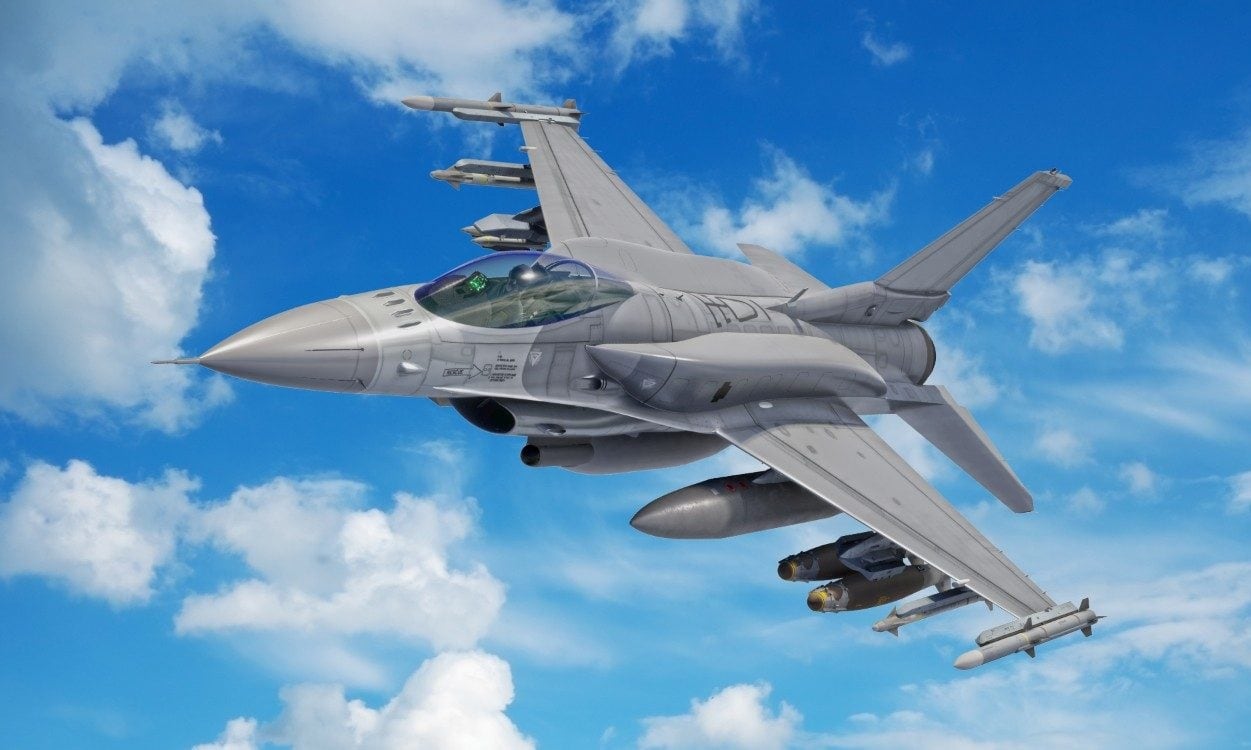This week the Taiwanese Air Force announced that it has deployed its first squadron of the upgraded F-16V jet fighters. The U.S.-made jets have been seen as crucial to help strengthen the island’s defenses against threats from China.
“This represents the steadfast promise of the Taiwan-US partnership,” President Tsai Ing-wen said during a ceremony at an airbase near the southern city of Chiayi. “I trust that in holding fast to democratic values, there will definitely be more countries with similar values who will stand with us on this front.”
Sandra Oudkirk, Washington’s de facto ambassador to the self-governed island was also present, as the 64 upgraded F-16Vs were officially commissioned into service. Those aircraft represent a little over a third of the total 141 F-16 A/B jets, which were first introduced in the 1990s. All of those older models will be completely retrofitted by the end of 2023.
The Taiwanese military also operates French Dassault Mirage 2000 as well its domestically designed and manufactured AIDC F-CK Chingkuo fighters with a total fleet of around 400 aircraft.
The F-16V Viper is Ready to Strike
The F-16V – Viper – is the latest variant of the fourth-generation F-16 Fighting Falcon, a multi-role, combat aircraft currently manufactured by Lockheed Martin. The Viper integrates a variety of advanced capabilities as part of its upgrade package, and this allows for improved interoperability with fifth-generation fighters, including the F-22 Raptor and F-35 Lighting II.
The F-16V is equipped with highly capable radar, which allows the pilot to track more than 20 targets at a time. It also features cutting-edge electronic warfare systems, along with advanced weapons, precision GPS navigation and a system to automatically avoid collisions with the ground.
As a multi-role fighter, the F-16V jet can be deployed in the suppression of enemy air defenses (SEAD) missions, as well as air-to-ground and air-to-air combat and deep interdiction and maritime interdiction missions. The Viper also features airborne mission role-change capability and can detect and track time-critical, hard-to-find targets in all weather conditions.
The F-16V jet fighter was first unveiled at the Singapore Airshow in February 2012, and the Viper configuration is available both as a new production aircraft, as well as a components upgrade for the existing F-16 versions. In October 2012, Lockheed Martin received a $1.85bn contract from the US Government to upgrade 145 Block 20 F-16A/B aircraft for the Republic of China (Taiwan) Air Force. With the upgrades and the planned delivery of 66 new F-16Vs in 2023, Taiwan will become the largest operator of F-16s in Asia.
However, Taiwan still remains very much a proverbial David to the Goliath that is China, which operates around 1,600 fighters, around half of them based in the eastern and southern theaters abutting Taiwan, along with around 450 bombers according to U.S. News & World Reports. Moreover, China’s superiority in both quality and quantity of fighter aircraft is seen as turning the military balance in the Taiwan Strait to its advantage, independent of involvement by U.S. forces.
Only time will tell whether the F-16Vs could be the sling that helps stop the Goliath.
Peter Suciu is a Michigan-based writer who has contributed to more than four dozen magazines, newspapers and websites. He regularly writes about military small arms, and is the author of several books on military headgear including A Gallery of Military Headdress, which is available on Amazon.com.

